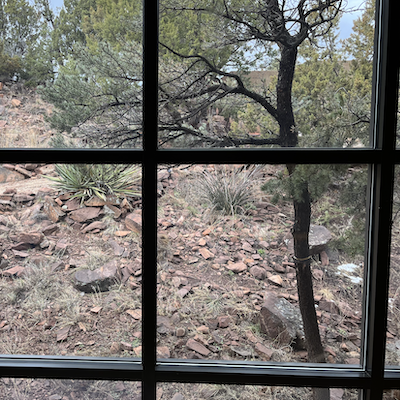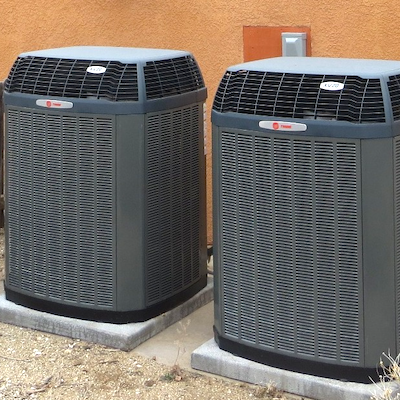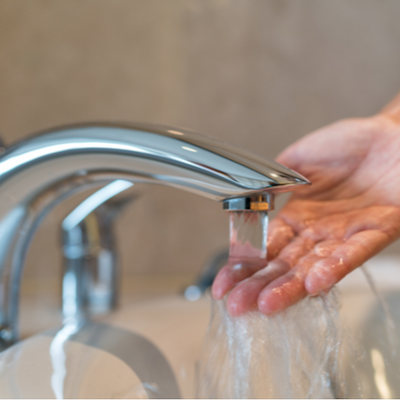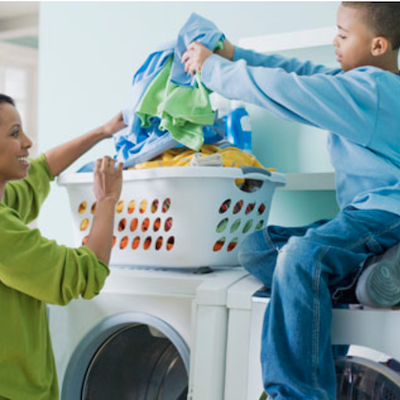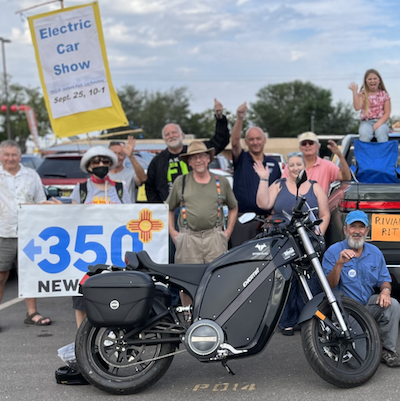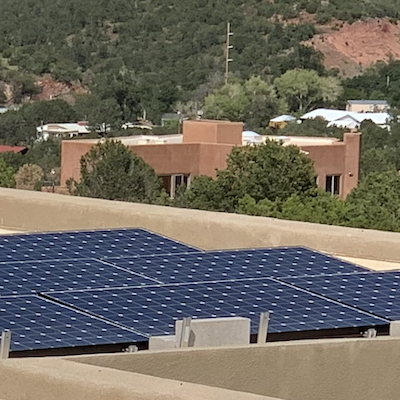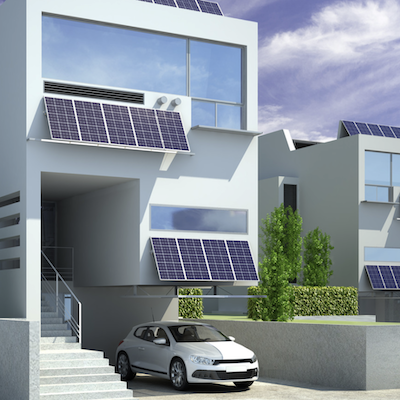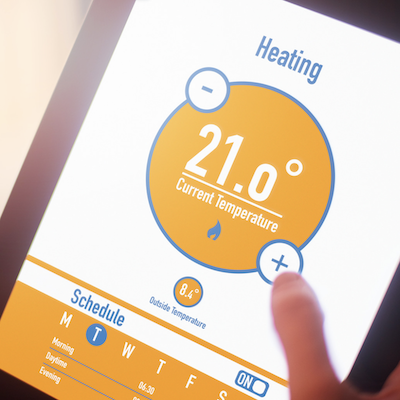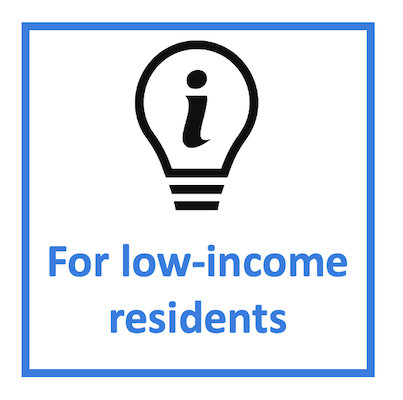Electrify New Mexico
Whether you own or rent, have one project or want to transform an entire house, this website will guide your path to an energy efficient, climate friendly, cost-effective and healthy place to live.
Electrify Everything
Electric appliances for cooking our food, heating our homes and water, drying our clothes and transporting us have made remarkable advances. They offer superior efficiency, precision, comfort, and health benefits at the same or lower cost as gas appliances.
And because electricity generation grows cleaner every day, switching to electric cuts climate and air pollution too.
Meet some of our Colorado neighbors who have already electrified!

Photo source: Joe Wachunas
Disclaimer: We are not tax professionals. Please contact the Internal Revenue Service or your tax adviser before you make any decisions regarding tax credits described in this website.
What To Know Before You Start
The Inflation Reduction Act (IRA), New Mexico state and electricity providers offer consumers financial incentives to go electric. Some low-income residents will be able to weatherize and install green appliances for free. NM was the first state to apply for the IRA Home Energy Rebates. Stay tuned!
Navigating the incentives and understanding the technologies, new to many of us, is not easy. Sign up for a free Electrification Plan and learn more at the April 21, 2024 Earth Day Festival at Balloon Fiesta Park in Albuquerque. Tickets are free in March. Can’t come? Try Rewiring America’s new Electrification Planner for IRA incentives.
Here are some things to keep in mind:
Get an energy audit and insulate/fix leaks first. It will save you money on heat pumps.
Heat pump installations can be pricey.
You may have to upgrade your electrical panel to allow more electricity in your house. But research alternatives.
Make sure the model of the equipment you choose qualifies for incentives.
Federal Electric Vehicle tax credits are now transferrable to dealerships for the maximum allowable amount, giving you an instant discount. However not all dealers are participating. So check before you buy. Read more here.
Start planning now before an emergency like a busted water heater commits you to a choice you regret.
 Understanding Incentives. There are two ways to save: rebates discount the price of products and tax credits lower your tax bill. If you plan to make the most of these, they will influence what you electrify and when. You can also finance energy and efficiency home improvements through FHA, VA and other energy efficient mortgages and loans.
Understanding Incentives. There are two ways to save: rebates discount the price of products and tax credits lower your tax bill. If you plan to make the most of these, they will influence what you electrify and when. You can also finance energy and efficiency home improvements through FHA, VA and other energy efficient mortgages and loans.
 Understanding your home’s electrical system. Adding more electric appliances may require upgrading your electric panel, or breaker box, to accommodate more current, especially if you live in a house built before 2000 or have a panel that supports less than 100 Amps. Some appliances may also require upgrading wiring for 240 volt outlets. Anticipating these and upgrading your electrical panel and wiring only once will save money in electrician visits (see how these upgrades are planned early in this electrification schedule for example). However, there may be ways to avoid these upgrades, which can run into the thousands of dollars.
Understanding your home’s electrical system. Adding more electric appliances may require upgrading your electric panel, or breaker box, to accommodate more current, especially if you live in a house built before 2000 or have a panel that supports less than 100 Amps. Some appliances may also require upgrading wiring for 240 volt outlets. Anticipating these and upgrading your electrical panel and wiring only once will save money in electrician visits (see how these upgrades are planned early in this electrification schedule for example). However, there may be ways to avoid these upgrades, which can run into the thousands of dollars.
Where To Start
1. To see what is possible, take a look at these five case studies from Rewiring America that illustrate how people at different income levels and house/apartment sizes might map out electrification projects.
2. Take yourself on a tour of your residence.
-
- Most houses leak energy. Fixing high-heat-loss windows, leaky doors, or inadequate insulation can save you lots of money in equipment and heating and cooling bills. An Energy Audit and Weatherization should be your first first steps. Write this at the top of a list.
- Make a list of your appliances and their ages (how to find an appliance’s age; typical appliances’ lifespans). When might your appliances need replacing? Rewiring America says: Electrify when they die! Make a replacement timeline.
- Panel/Wiring Upgrades. Read about your home’s electric system in the What to Know Before You Start section above. Write “electric panel/wiring upgrade” near the top of your list if you think you will need these. Also write “240V” by the appliances that might need a 240V outlet or write “120V” if you’ve already decided to use a 120V version or want to discuss this with a contractor.
3. What are your top reasons to electrify? Here are some examples. On your timeline, highlight the changes that mean the most to you.
4. What financial incentives are you eligible for? Are you possibly eligible for low-income IRA rebates that come out in 2024? These can really cut the costs of appliances like heat pumps and electric upgrades, so you might have to wait for those on your timeline if you qualify. New Mexico will only be issuing IRA rebates to low-income and multi family buildings, NOT middle-income residents. Explore our webpages for other New Mexico incentives.
5. Timeline in hand, you are ready to put your plan together with Rewiring America’s planning guide.
- Full Guide including electrical requirements for appliances.
- Detailed checklist for homeowners and Landlords from the guide.
- Checklist for Renters from the guide.
Resources
Rewiring America:
-
- Personal Electrification Planner
- IRA Savings Calculator
- Planning Guide
- IRA Investment for Tribal and Indigenous Communities
- IRA for Disadvantage Communities
- What the IRA Means for Contractors
- 25C Energy Efficiency Tax Credit and 25D Residential Clean Energy Tax Credit
- Electrification Won’t Break the Grid
LoveElectric: Ready to Make a Change? Colorado-based website filled with info and real world examples of heat pumps, heat pump water heaters and cooking.
Electrify Now Oregon-based website includes information, webinars, real case studies on heat pumps, induction stoves, all electric homes, renewable electricity, and EVs. Estimates how much CO2 is avoided by taking action.
Carbon Switch Comprehensive Guides on water heaters, lighting, heating and cooling, insulation and stoves.
Northeast Energy Efficiency Partnership Air Source Heat Pump Installer and Consumer Resources – Buying guide, installation guide and information about heat pumps in cold climates.
Internal Revenue Service Credits and Deductions Under the Inflation Reduction Act includes information for individuals and businesses on everything from EVs to Solar and Wind Facilities.
New Mexicans who have Electrified!
Coming soon! Want to share your story? Email us at stefiwebsite@yahoo.com





